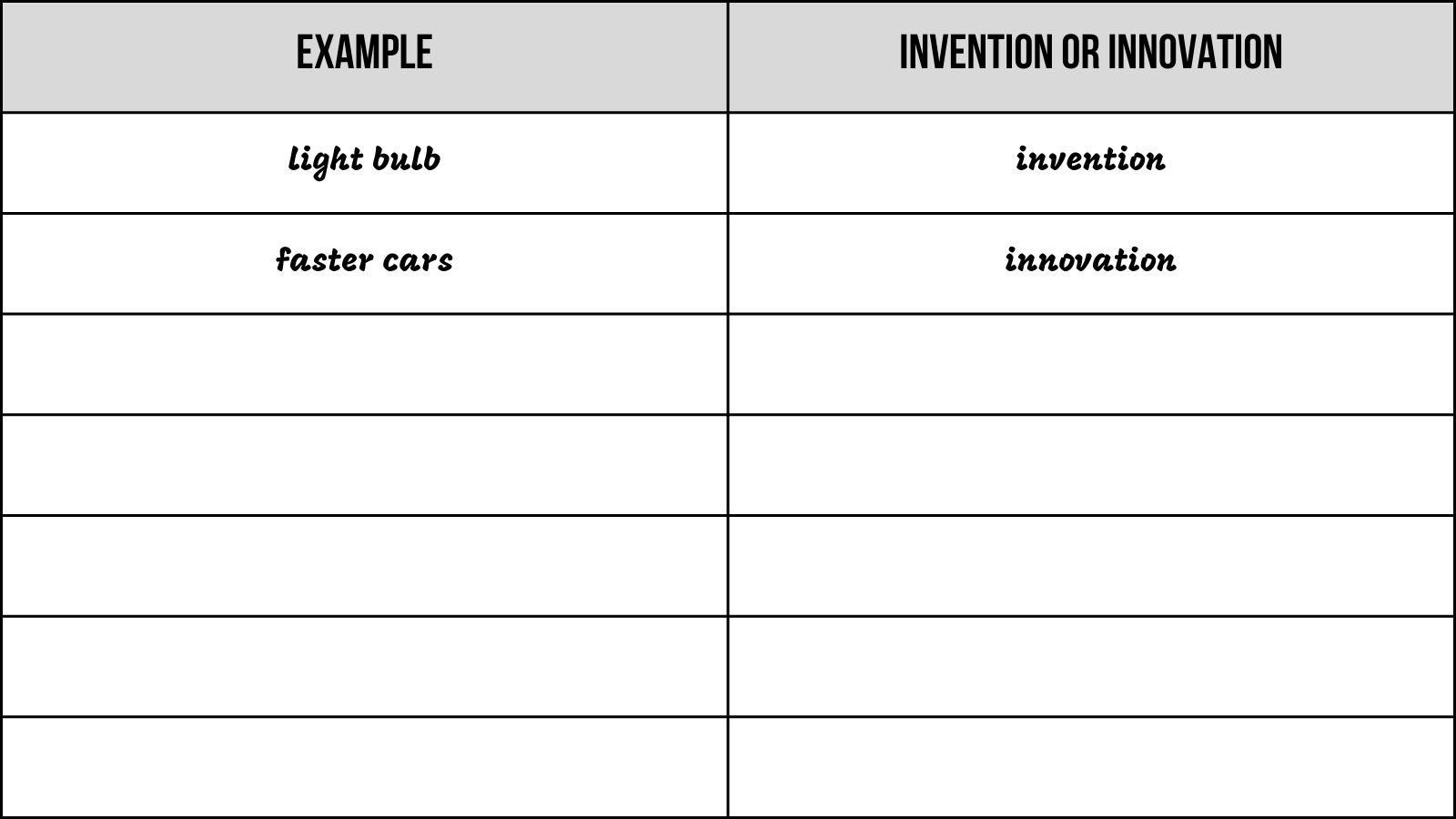Click here to download a printable PDF of this chapter of the textbook, Physical Science and Technology.
Purpose: To understand what science is, and what technology is; how science proceeds; and how technology proceeds.
I wrote this textbook with the hope that you will find this the most interesting science course you have ever taken. I hope you will be able to look at the technologies you use every day with “new eyes” and understand very well how science is done.
To start, let’s define a few terms. What is science? What is technology? Are they the same thing? The answer is no. They are actually quite different.
First, science is the study of the world around us in an attempt to understand the principles that control the physical reality we experience, whether living things, matter, or energy. Some of the first people to try to understand the world around them and organize their thoughts about it were the Greek natural philosophers.
Scientists investigate the world using a process of scientific inquiry, such as experimentation and observation, to classify relationships and relate quantities. We can make quantitative, that is numerical, observations as well as qualitative ones which deal in descriptions and categories. Science gives us the ability to predict the outcomes of various actions. For instance, because of science, we know that gasses spread out in the space given to them. So if we have something that smells in a room, we know that opening a window will give the gas involved a larger space to spread out, and therefore the smell will dissipate.
Science is built up by those people all around the world who constantly experiment and share with each other the results of their scientific work. Scientists propose to each other explanations or hypotheses for the things they observe. Each new result generates new data and new questions.
Technology, on the other hand, is using our scientific knowledge to make and do things. Technology is as old as man, because people have always had practical problems to solve. In this course, you will learn about the technologies involved in solving the most basic human needs—shelter, clothing, food, transportation—and more.
Technology advances by invention, when a new device or product is developed, and also by innovation, that is, constant small improvements over time that make things more useful. Another way to see the difference between science and technology is that science deals with the natural world and technology deals with the human-made world. Technologists apply the principles learned by scientists to improve and invent, while scientists use the technologies that have been created to help them experiment in order to understand the natural world. They work together to increase knowledge and create new, useful goods and services.
Often throughout history, new technologies have made scientific discovery possible. For example, improved scales allowed early chemists to weigh substances with better accuracy. Scientific discoveries also provided the necessary understanding to develop useful devices such as the lasers used in DVD players.
Questions
- Thomas Edison was a famous inventor who lived from 1847 to 1931. He invented, among other things, the electric light, the phonograph, and the motion picture camera. Would you classify him as a scientist or a technologist?
- Robert Boyle lived from 1627 to 1691 and discovered the relationship between the volume of a gas and its pressure (Boyle’s Law). Would you classify him as a scientist or a technologist?
- Fill in the blank: Cars have been around for a long time. There have been many improvements in engine design and body styling. These improvements can primarily be considered _______________ . (Inventions or innovations)
- When scientists observe nature, whether outdoors or in the laboratory, they write down what they observe so that they can make a general statement that explains the data. This “guess” is called a __________________.
- List some ways scientific knowledge has made your life better and some ways technologies have made your life better. List some ways science and technology have had positive and negative effects.
- Think of some inventions and innovations. Make a small chart with those headings and write the examples underneath.

- If I classify animals by their various traits, am I making quantitative or qualitative observations?


